Meaning and Nature of Conflict:
Von Duke writes that conflict is political when it relates to a public issue, and it relates to a public issue when two conditions are met. In the first place it must relate to the decision-making of a group i.e. it must concern group organization or group leadership or it must concern the regulation of inter-group relationships. In the second place, it must come within the realm of the controversial” i.e. some people must oppose it.
Ranney says that just as inter-personal conflict is an inescapable part of human life, then, political conflict is an inescapable part of human society”. Ranney further says that most people engage in political conflict not as isolated individuals acting without reference to or support from others, but in association with others. The most political conflict thus is conflict among groups, rather than among individuals.
The conflict has been conceptualized according to Wasby, as an “outcome of exchanges between individuals, as a spatial relationship, as dissension or conflict of value, as competition or conflict of interests, as incompatibility of role expectation. In the exchange models constructed by some contemporary sociologists, conflict in a political system takes the form of competition. Homans and Blaurelate describe the conflict as under “since the scarcity of values is assumed, the elimination of any of the participants is viewed as incidental to the primary focus of political behaviour, the allocation of values”. Lewis Coser in his well-known book, ‘Functions of Social Conflict’ writes, “The scarcer the values, the higher the intensity and frequency of competitive conflict behaviour among the members of a political system”.
Kenneth E. Boulding in his book ‘Conflict and Defence’ conceptualized conflict as “a spatial relationship rather than as an exchange process”. He defines a competitive situation as one in which two or more individuals may or may not perceive that they are both seeking a mutually incompatible goal. Boulding reserves the term “Conflict” for objective competitive situations which are perceived as competitive situations, which are perceived as competitive i.e. when two or more individuals seek a goal that can only be attained by one of them, a conflict results when and only when the individuals affected perceive this and attempt to do something about it.
Wasby summarises the arguments of various scholars in these words “All of the authors recognize that conflicts typically involve both competitive and non-competitive elements, though one type of conflict may dominate the other at different stages of a conflict. The behaviour patterns of competitive conflicts are likely to dominate the conflicts of values and non-competitive conflicts in all interaction situations where the rules for resolving leadership succession have not been legitimated and institutionalized and are not equally visible to all participants or where the competitive rules have been institutionalized. The appearance of violent or non-violent behaviours will be likely to depend as much on the cultural setting as on the form of conflict.
James Coleman in his book “Community Conflict” has focussed attention on how events become conflict issues. Coleman convincingly hypothesizes that a conflict-producing event will affect the potential contestants differently, and not prohibit their action. Wasby says that “another factor and possibly the catalyst in inter-group conflict is the presence of inter-group conflicts threatening the leadership”.
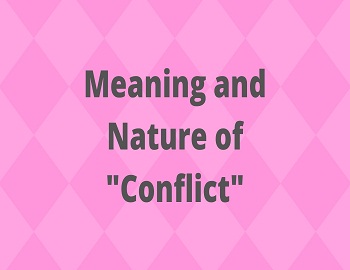
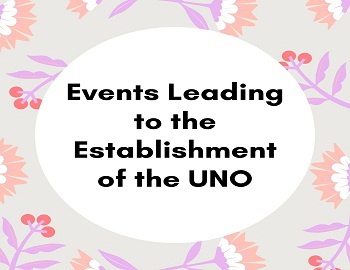
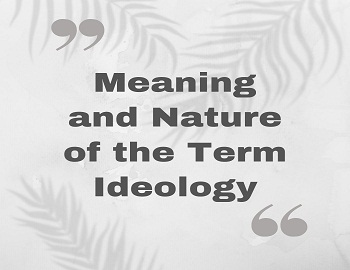
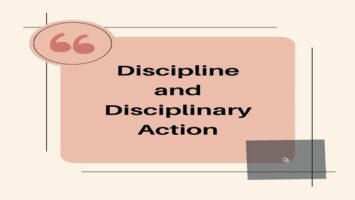

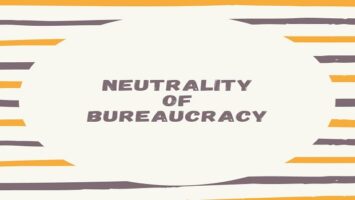


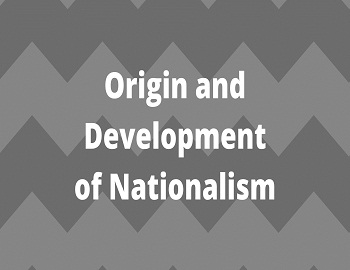
Comments (No)